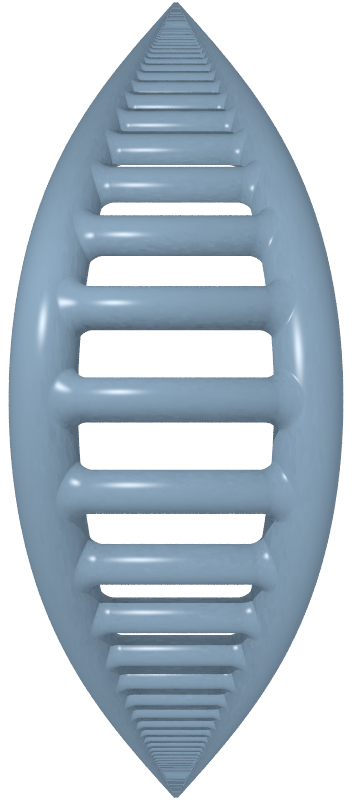
en.wikipedia.org
In some historical Sephardi and Ashkenazi pronunciations, ʿayin represented a
velar nasal ([ŋ]).
[5] Remnants can be found in the Yiddish pronunciations of some words such as /ˈjaŋkəv/ and /ˈmansə/ from Hebrew יַעֲקֹב (
yaʿăqōḇ, "Jacob") and מַעֲשֶׂה (
maʿăse, "story"), but in other cases[
which?], the nasal has disappeared and been replaced by /j/, such as /ˈmajsə/ and /ˈmajrəv/ from Hebrew מַעֲשֶׂה and מַעֲרָב (
maʿărāḇ, "west"). In Israeli Hebrew (except for Mizrahi pronunciations), it represents a glottal stop in certain cases[
which?] but is usually silent (it behaves the same as
aleph). However, changes in adjoining vowels often testify to the former presence of a pharyngeal or epiglottal articulation.
Additionally, it may be used as a shibboleth to identify the ethnolinguistic background of a Hebrew-speaker, as most Israeli Arab and some of Israel's Mizrahi Jews (mainly Yemenite Jews) use the more traditional pronunciation, while other Hebrew-speakers pronounce it similar to Aleph

en.wikipedia.org














